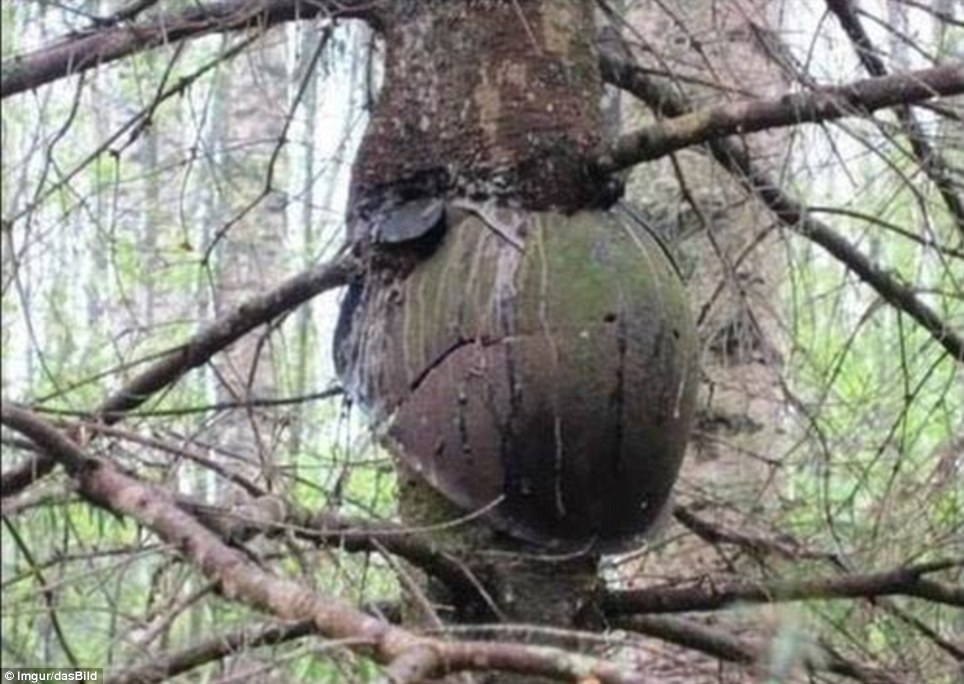
A remarkable series of photos taken in a Russian forest have been making the rounds on social media sites, showing what happens over time to instruments of carnage discarded in the woods.
The striking images depict rifles, artillery shells, grenades and sapper shovels embedded in tree trunks - essentially swallowed up by the natural surroundings in a silent act of protest against human folly.
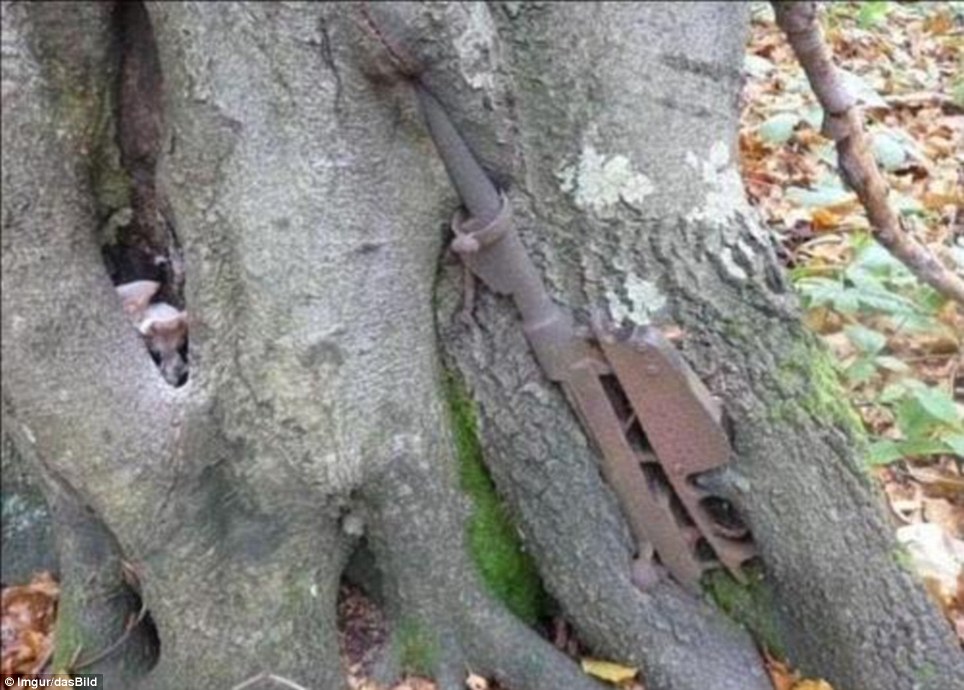
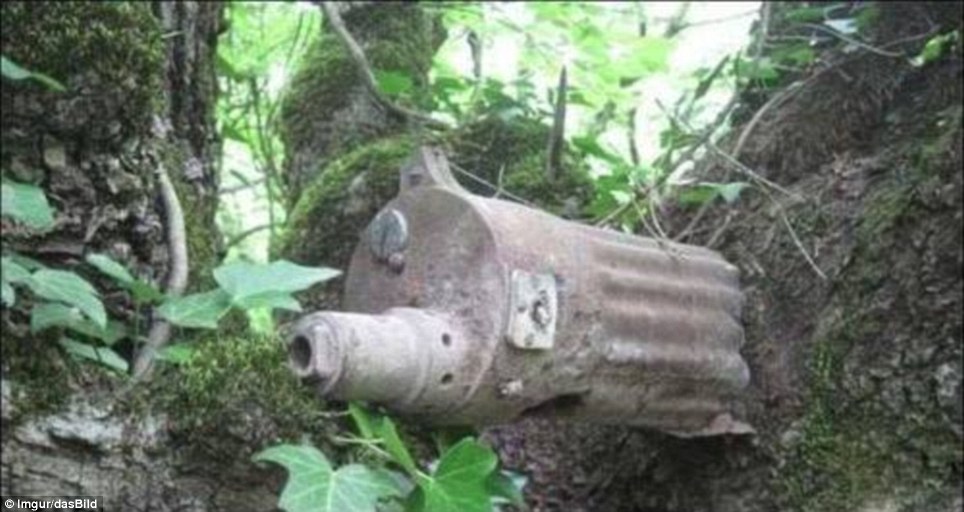
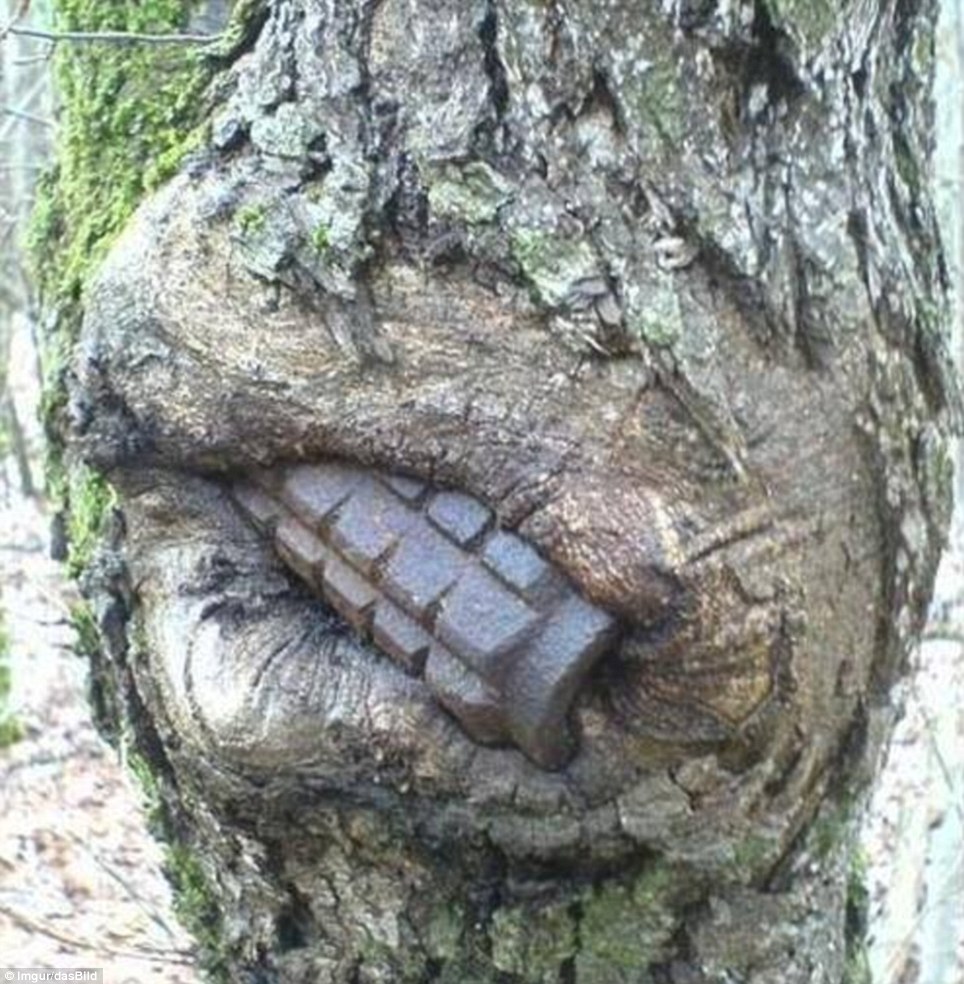
The shape and condition of the protective gear suggest that the helmets belonged to Red Army servicemen during World War II.
Given that each of the hard-hats is damaged, their owners most likely had met a violent end.
It is likely that the helmets came to rest on young saplings during a battle. Over time, the maturing trees widened the bullet holes, and the helmets essentially became impaled.
Alexander Ostapenko, a Soviet military history enthusiast and World War II re-enactor from Kolomna, Russia, shared some of the images on his VKontakte social media account.
In a message to MailOnline Thursday night, Mr Ostapenko revealed that most of the photos have been taken in the area of the Neva Bridgehead, known as Nevsky Pyatachok, which was the site of one of the most crucial campaigns during the devastating Siege of Leningrad that lasted from September 1941 to May 1943.
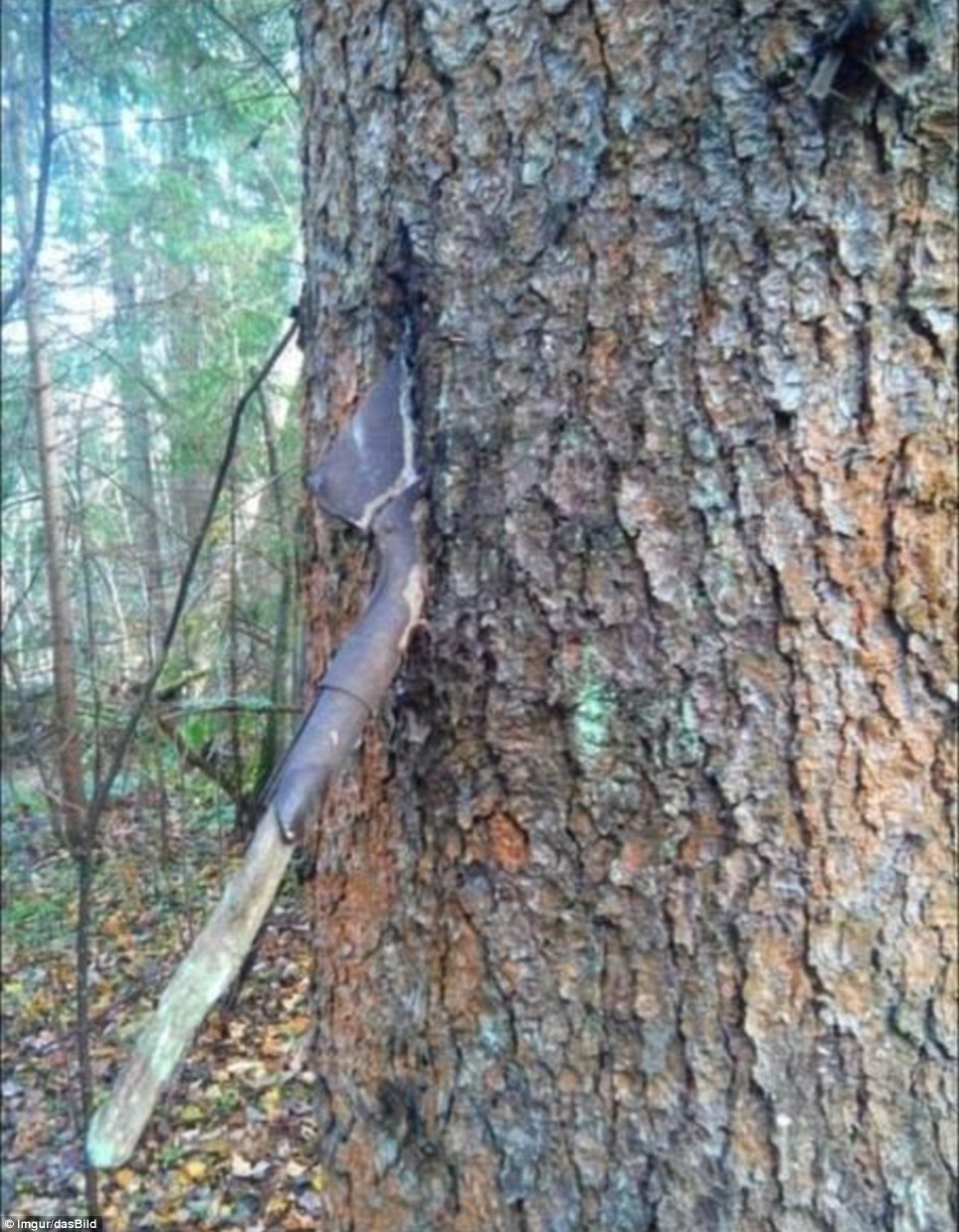
Some of the so-called exhibits in this outdoor military museum include a Maxim gun circa 1891; a Mannlicher Carcano rifle circa 1891, and a 75 milimeter shell from a light field gun.
According to some estimates, the Soviet Union lost about 20 million people, both military and civilians, over the course of four years between 1941 and 1945. At least 14 million of the casualties were soldiers and officers.
The poignant photos capturing the rusted out vestiges of World War II overwhelmed by trees drive home the message that in the end, after all the medals were handed out to heroes and all the peace treaties were signed, the only true victor is nature.
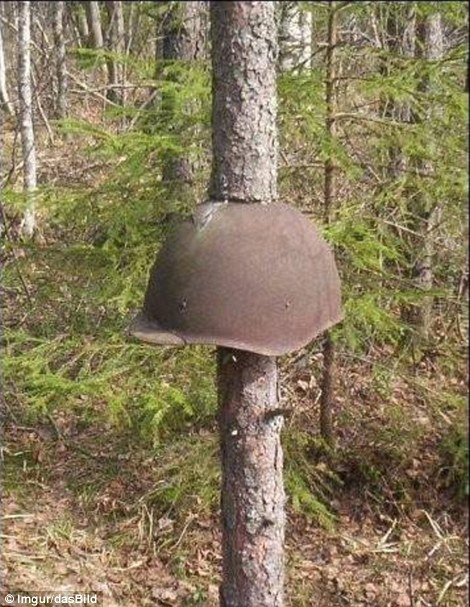
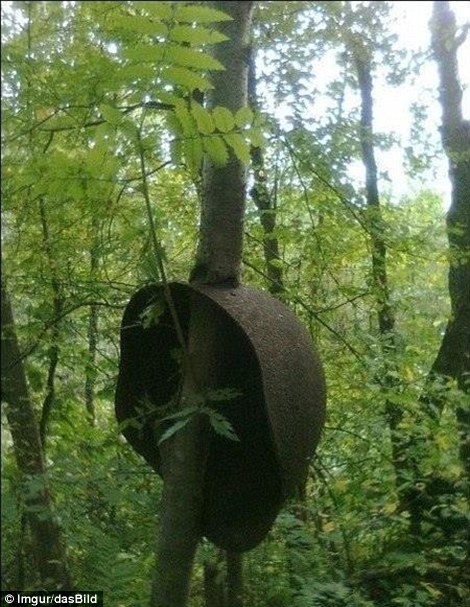
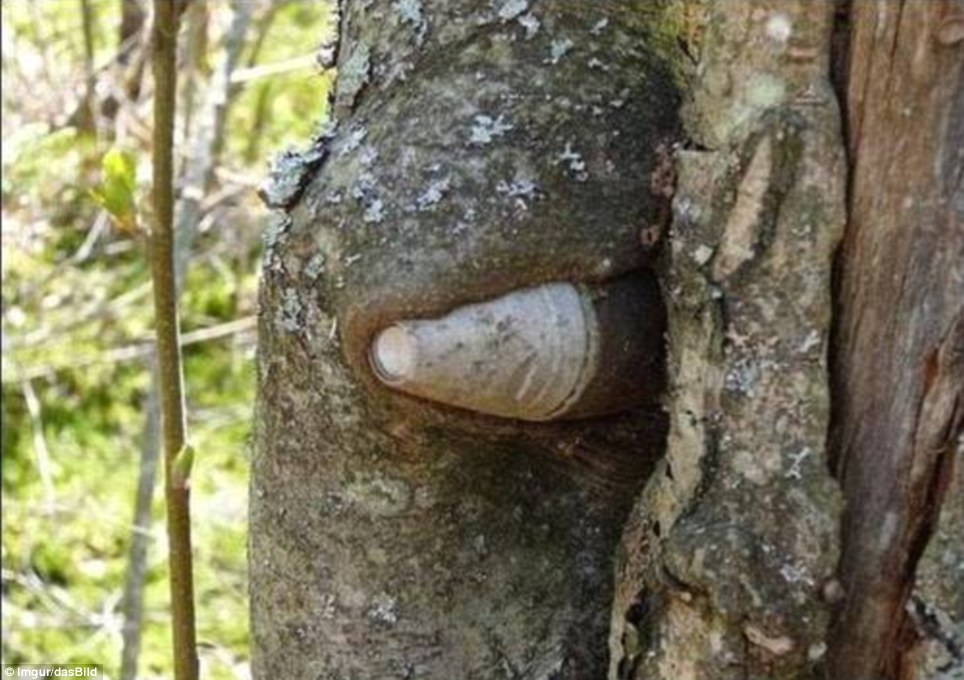



Even if we succeed in totally destroying ourselves, Life and Geology will clean and scrub the surface.
Life will eat the metals, Tectonics will pop whole sections of plate up and down while mountain ranges rise and fall, and Ice Ages will scour the surface with miles thick Ice Sheets for 90-100,000 years at a time. Rocks will be sucked under sliding plates and recycled, emerging as new Volcanic Flows.
Eventually, there will be not a single trace left of what once was.